The Middle Eastern energy mix: a changing landscape delivering a cleaner future
For the first time, Saudi Arabia is celebrating being included in the top 40 countries listed in EY’s Renewable Energy Country Attractiveness Index (RECAI). The rankings look at a range of factors, including economic and political stability, investment climate, energy market access, natural resource, infrastructure and finance availability.

They also reflect a global recognition of the threat of climate change and the need to move towards a cleaner energy mix. That need was reemphasized by a December 2018, report from The World Bank, Regulatory Indicators for Sustainable Energy (RISE): Policy Matters 2018, which confirmed a profound shift in the world’s outlook towards renewable energy.
 “Since 2010, the number of countries adopting advanced policy frameworks in support of sustainable energy has more than tripled (from 17 to 59). Despite variations in performance by region and income group, there are strong performers in every region and in every income group.”
“Since 2010, the number of countries adopting advanced policy frameworks in support of sustainable energy has more than tripled (from 17 to 59). Despite variations in performance by region and income group, there are strong performers in every region and in every income group.”
By securing its position in the well-regarded and authoritative RISE listing, Saudi Arabia is receiving public acknowledgement and recognition of the progress it is making in line with the renewable energy objectives it laid out in Vision 2030, its national development strategy. It is also making a significant contribution to the United Nations’ Sustainable Development Goal 7 – ensuring access to affordable, reliable, sustainable and modern energy for all. Seventeen Sustainable Development Goals make up the 2030 Agenda for Sustainable Development, which was adopted in full by all UN member states in 2015.
A new Vision for a cleaner energy mix
With its long-term commitments to renewable energy, Saudi Arabia is clearly and publicly on a path to a cleaner future. Its targets include 3GW of electricity from wind and solar power by 2020, rising to 9.5GW of electricity from renewable sources by 2023 and 60GW by 2030. It is estimated that the Saudi Arabian government will invest up to US$ 50 billion across 60 projects in order to achieve its 2023 ambitions. Furthermore, in Vision 2030 Saudi Arabia promises to review the legal and regulatory framework that allows the private sector to buy and invest in the renewable energy sector. Opening its renewable energy markets to foreign direct investment is viewed as a key step in the country’s ongoing efforts to achieve economic diversification.
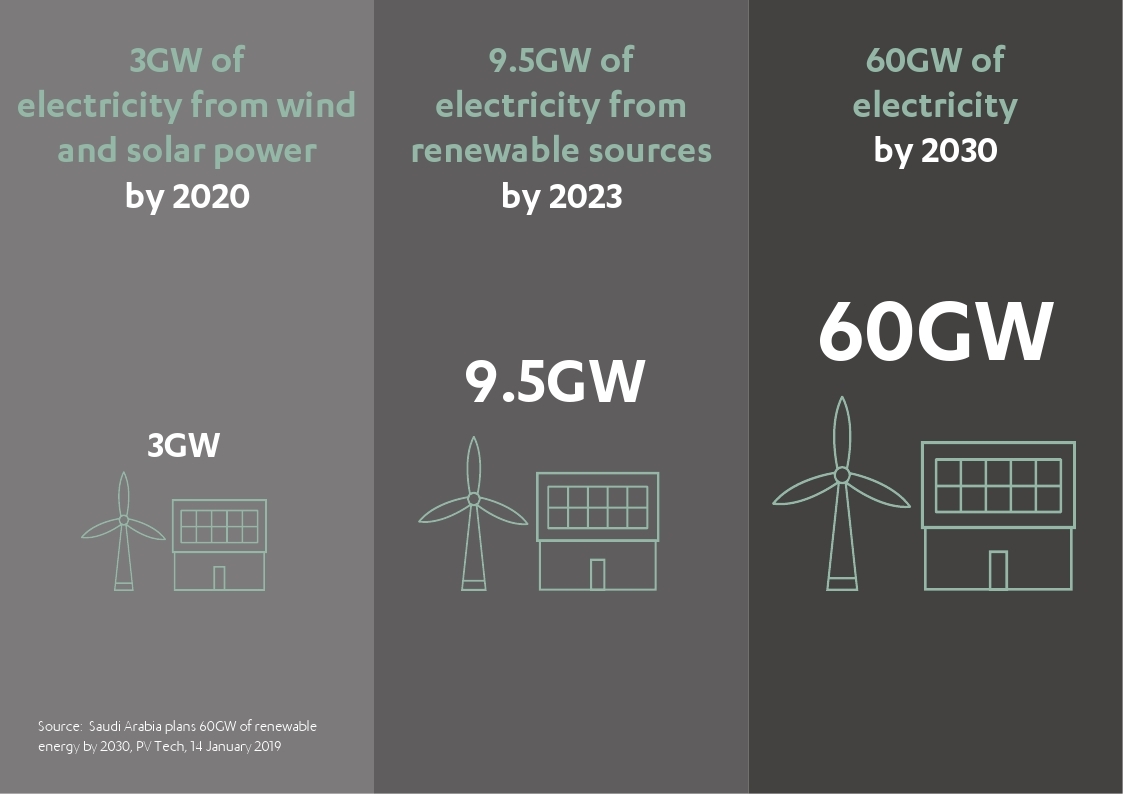
Yet before a path to the future can be plotted, it is crucial to understand Saudi Arabia’s current energy mix and usage. According to official analysis, industry, buildings and transport account for 92% of the country’s current energy consumption. Buildings alone use roughly three-quarters of Saudi Arabia’s electricity production, with 65% of that (48.75% of the overall electricity production) needed simply to meet air conditioning demand.
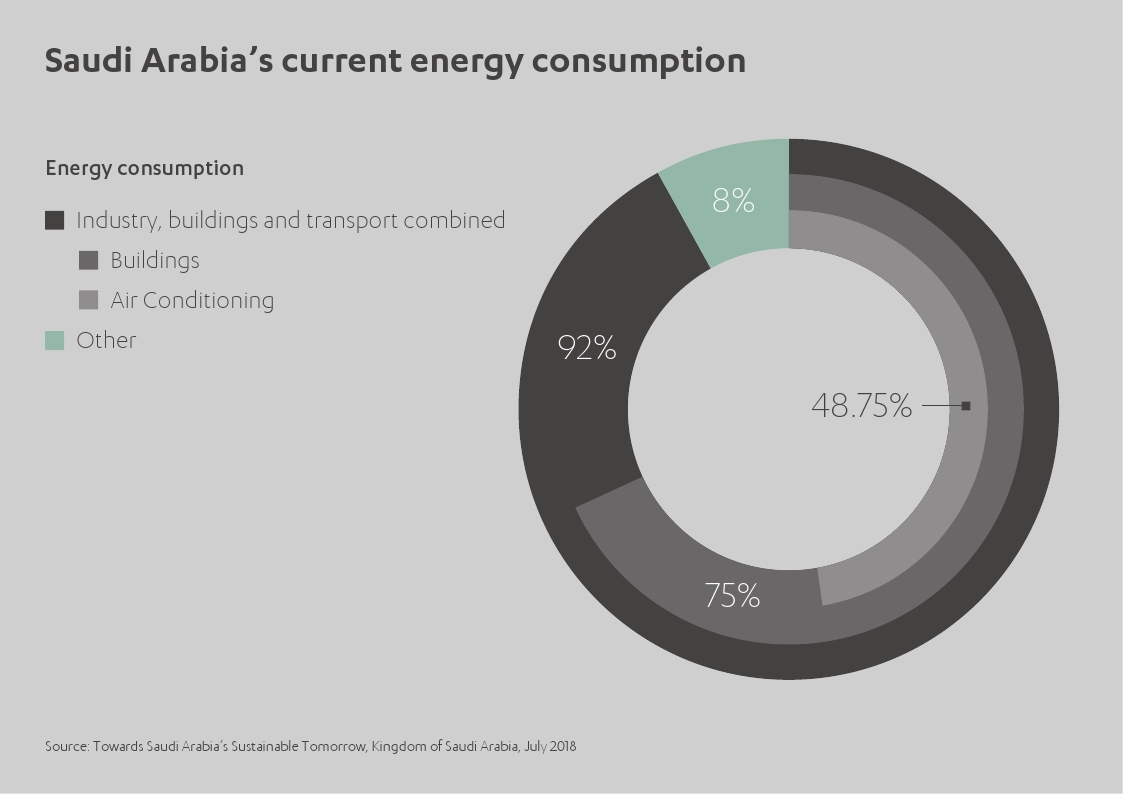
With a growing, young and tech-savvy population increasingly moving towards urbanization, the demand for electricity across Saudi Arabia looks set to continue to increase. The challenge, therefore, is to find cleaner, healthier and more sustainable ways to deliver the energy required as the country’s economic development continues to pick up pace.
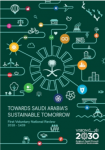 “We are part of this world and we live the problems and challenges it is facing. We all share this responsibility and we will contribute, God willing, actively to the development of solutions to many of the world’s pressing issues, including the issues of the environment and sustainable development. We will continue in this regard to work with international organizations, institutions and partners.”
“We are part of this world and we live the problems and challenges it is facing. We all share this responsibility and we will contribute, God willing, actively to the development of solutions to many of the world’s pressing issues, including the issues of the environment and sustainable development. We will continue in this regard to work with international organizations, institutions and partners.”
– Custodian of the Two Holy Mosques, King Salman bin Abdulaziz
As part of this commitment from the very top of Saudi Arabian leadership, in 2016 the country established the Renewable Energy Project Development Office (REPDO) within the Ministry of Energy, Industry and Mineral Resources (MEIM). Another key pillar of Saudi Arabia’s renewable energy strategy is the National Renewable Energy Program (NREP). This was established to encourage local and international companies to take part in the country’s renewable energy projects. All NREP projects enjoy 100 per cent financial autonomy. In addition, all energy produced is based on an ‘independent power producer’ model, under the framework of purchase agreements of 25 years for solar projects and 20 years for wind projects.
REPDO is uniquely tasked with maximizing the potential of renewable energy in Saudi Arabia and delivering the stated goals of the NREP. Those include significantly increasing the share of renewable energy in the country’s energy mix by:
- Driving public-private partnerships through best-in-class tendering and pre-development practices
- Guiding policy to create a globally competitive and locally-based technology hub
- Contributing to the Kingdom’s energy transition and environmental commitments
Saudi Arabia: a welcoming home for foreign direct investment in renewable energy
In February 2018, Saudi Arabia awarded its first solar project under the NREP. The 300 MW Sakaka solar photovoltaic (PV) plant in the Al Jouf region of northern Saudi Arabia broke ground in November 2018. It is expected to create more than 400 job opportunities.
His Excellency Khalid Al Falih, Minister of Energy, Industry and Mineral Resources, said:
 “When the National Renewable Energy Program was launched last year, we set a goal to make it among the most attractive and well executed government renewable energy investment programs in the world. After a competitive and transparent tendering process, which saw us receive two world record breaking bids, we can confidently say that we are well on our way to making that a reality, and we look forward to entering the next stage for our National Renewable Energy Program. ”
“When the National Renewable Energy Program was launched last year, we set a goal to make it among the most attractive and well executed government renewable energy investment programs in the world. After a competitive and transparent tendering process, which saw us receive two world record breaking bids, we can confidently say that we are well on our way to making that a reality, and we look forward to entering the next stage for our National Renewable Energy Program. ”
This was followed, five months later, by REPDO hosting the bid opening ceremony for Dumat Al Jandal, a US$ 500 million, 400 MW wind project and Saudi Arabia’s first utility-scale wind farm. Like the Sakaka solar plant, the Dumat Al Jandal wind farm will be situated in Al Jouf. It is expected to supply 70,000 homes with clean electricity, with REPDO receiving bids “of between US$ 21.30/MWh and US$ 33.86/MWh” for the project.
“The development of a wind energy industry in Saudi Arabia is an important component of our wider industrial diversification strategy,” said His Excellency Khalid Al Falih.
Yet these projects, while encouraging in themselves, remain extraordinarily small in comparison to Saudi Arabia’s most ambitious project: a 200 GW solar plant that some have estimated will cost US$ 200 billion; almost triple Saudi Arabia’s electricity generation capacity; and be 100 times bigger than any other planned PV project anywhere in the world, far outstripping 2GW plants in Australia and Greece.
If realized, the single Saudi plant alone would produce 33 per cent more energy than the entire global PV industry managed in 2017. The first phase of the project, a 7.2 GW development, will in part be funded by Softbank’s Vision Fund, which will provide US$ 1 billion of the total US$ 5 billion required. Speaking at a briefing in New York after signing a memorandum of understanding (MOU) with Saudi Arabia’s Crown Prince Mohammed bin Salman bin Abdul Aziz, SoftBank founder Masayoshi Son suggested the project could create up to 100,000 jobs.
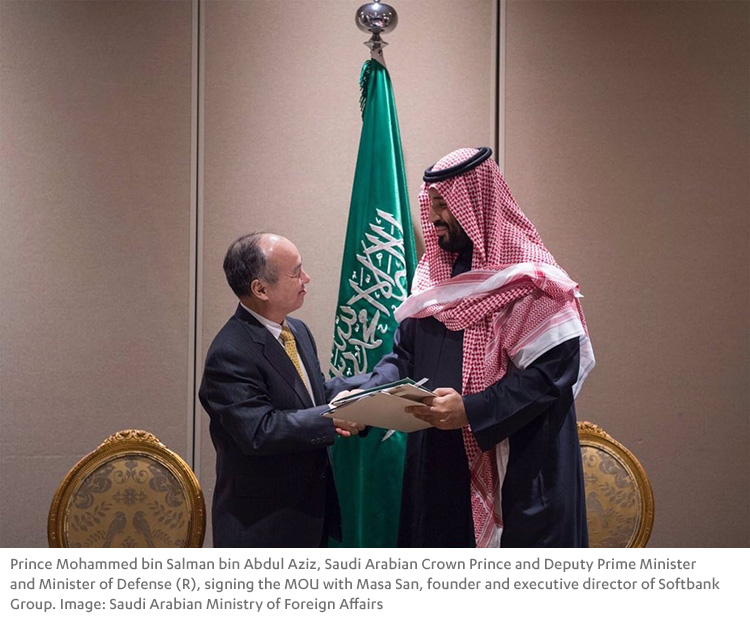
Opening up a bright future across the Middle East
Saudi Arabia is far from the only country to be making considerable progress with dedicated and concerted clean energy policies. In April 2016, GCC states pledged to pump US$ 100 billion into renewable energy projects over the following 20 years. A report by Siemens Middle East, meanwhile, predicts that the share of renewable energy in the region will more than triple by 2035.
“A shift to renewable energy will not only reduce the cost of power production and carbon emissions, but also free up more oil for exports,” says M.R. Raghu, Managing Director of Marmore MENA Intelligence.
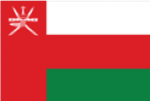 In Oman, the government has committed to a target of securing 10 per cent of its electricity from renewable sources by 2025. The ambition was laid out in the National Program for Enhancing Diversification (Tanfeedh), with its first large-scale solar PV independent power project (IPP) set to commence operations in 2020.
In Oman, the government has committed to a target of securing 10 per cent of its electricity from renewable sources by 2025. The ambition was laid out in the National Program for Enhancing Diversification (Tanfeedh), with its first large-scale solar PV independent power project (IPP) set to commence operations in 2020.
In September 2018, the Oman Power and Water Procurement Company (OPWP) issued its latest seven-year statement. It detailed how OPWP plans to procure 2,650 MW of renewable energy projects to be operational within this seven-year period (2018-2024) . Six new projects – three solar and three wind – will be developed to meet this target. Ibri, Manah and Adam will be the locations for the solar PV projects, while Dhofar (two) and Duqm will be the sites of the wind projects.
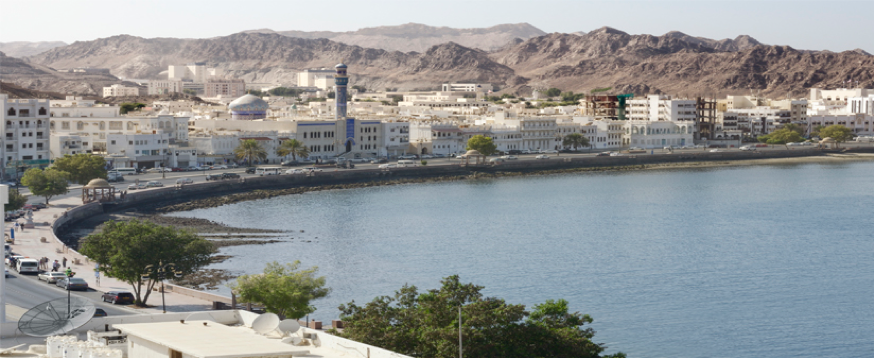
Construction of one of the Dhofar wind plants has already started, with Masdar announcing in December 2018, it had installed the first of 13 turbines at the 50 MW facility. The wind farm is expected to provide clean energy to 16,000 Omani homes and could be operational in the third quarter of 2019.
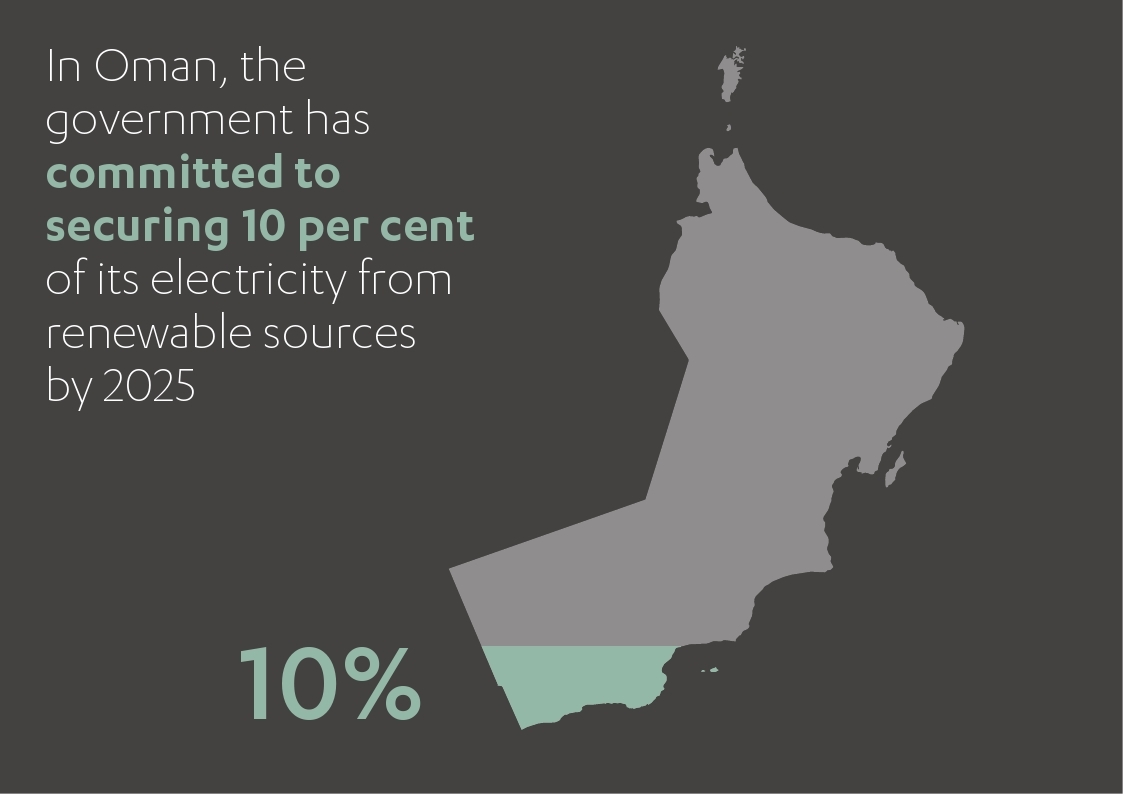
Meanwhile, Petroleum Development Oman (PDO) has announced two solar PV facilities: a 100MW plant in Amin designed, financed, built and operated by Marubeni Consortium, and a 1,000 MW solar facility at Amal. At the Amin facility, PDO will buy electricity for its interior operations at one of the lowest tariffs in the world – a fact hailed by PDO as proof of Oman’s capacity to drive significant solar PV investment over the coming years. More than 335,000 solar PV panels will be installed on the 4 square kilometer site, providing clean energy for approximately 15,000 homes.
Record-breaking advances in the United Arab Emirates
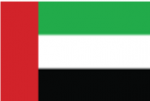 Long-term planning is also a key strategy in the United Arab Emirates, which unveiled a 30-year energy strategy in January 2017 that aims to increase the contribution of clean energy in the total energy mix to 50 per cent, saving AED 700 billion by 2050.
Long-term planning is also a key strategy in the United Arab Emirates, which unveiled a 30-year energy strategy in January 2017 that aims to increase the contribution of clean energy in the total energy mix to 50 per cent, saving AED 700 billion by 2050.
Speaking at the launch of the UAE Energy Plan for 2050, which also aims to cut residential energy consumption by 40 per cent, His Highness Sheikh Mohammed bin Rashid Al Maktoum said: “He who does not think of energy is not thinking about the future.”

In Dubai, clean energy ambitions stretch even further. It is intent on becoming “the world’s greenest city” and is aiming for 75 per cent of its power output to come from clean energy sources by 2030.
Indeed, through the Dubai Clean Energy Strategy 2050 and the establishment of the US$ 27.2 billion Dubai Green Fund, which provides low-interest loans for investors in the clean energy sector, Dubai is quickly establishing itself as one of the leading locations for renewable energy progress. From the small details, such as plans for every rooftop in the city to be fitted with a solar panel by 2030, through to the grand ambitions of the Mohammed bin Rashid Al Maktoum Solar Park, which will cover 214 square kilometers and house the world’s tallest solar tower (260 meters) when it is completed in 2030, Dubai appears to be implementing a committed and wholesome reform of its energy mix .
The Mohammed bin Rashid Maktoum Solar Park is a particularly eye-catching development. Currently, in phase III of its construction, the final impact of this record-breaking endeavor will see it provide power to 160,000 homes and offset 1.4 million tons of CO2 emissions by 2020. These figures are dwarfed by its eventual output, however. The plant’s final capacity of 5,000 MW will offset 6.5 million tons of CO2 emissions and generate enough energy to power 800,000 homes. In October 2018, phase III of the construction was recognized at the Asian Power Awards in Jakarta, where it was named Solar Project of the Year 2018.
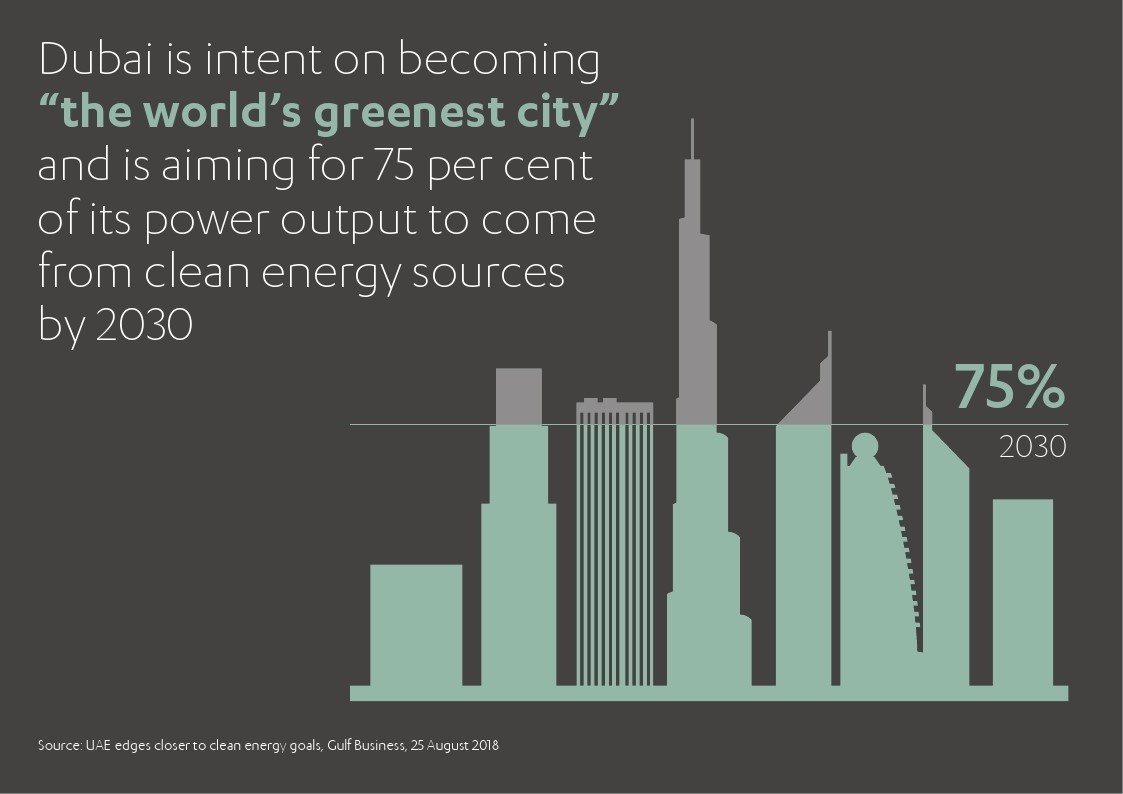
In June 2016, its third phase achieved a then record bid of 2.99 US cents per kilowatt-hour – nearly half the winning bid for the plant’s 200 MW second phase, which at 5.84 cents was itself at the time a world record low. Meanwhile, the fourth phase of the development achieved the world’s lowest levelized cost of electricity, at 7.3 cents per kilowatt-hour.
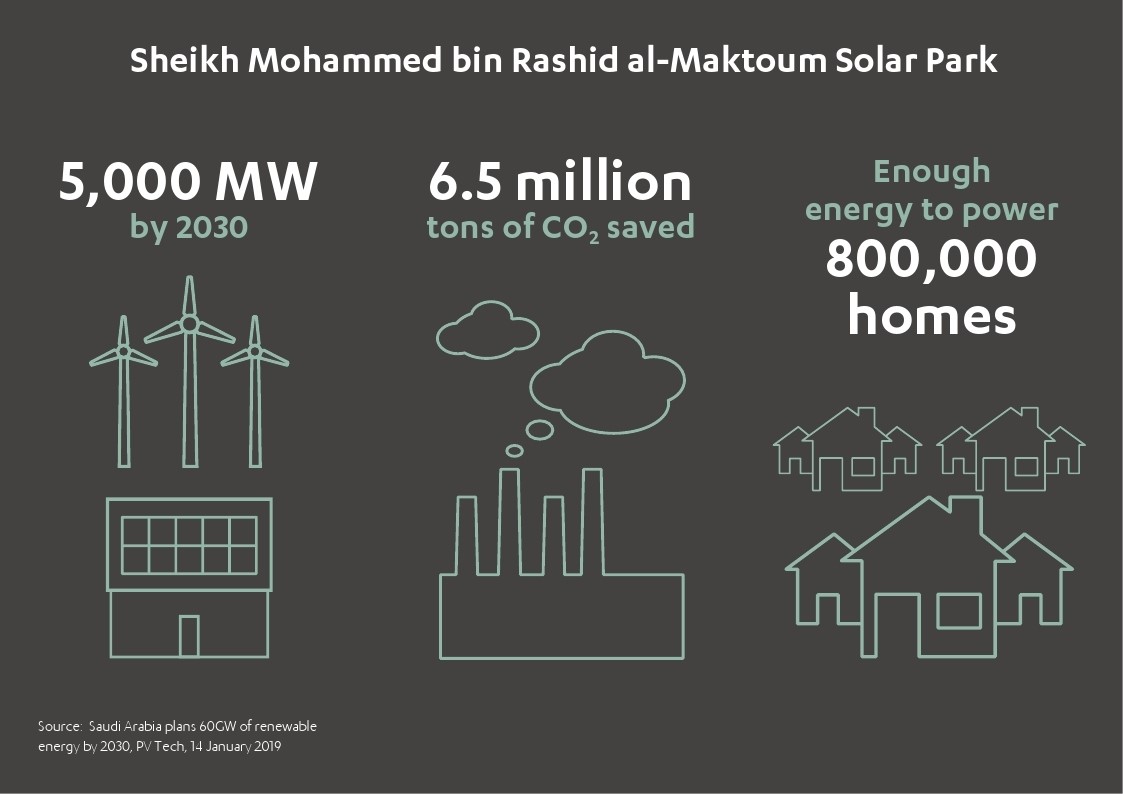
Yet these initiatives are not simply restricted to Dubai. In Abu Dhabi, the development of Masdar City is combining new ways of managing water supplies, energy efficiency and waste reduction to create one of the world’s most sustainable urban communities and a “greenprint for the sustainable development of cities ”.
More than 450 companies already operate from Masdar City and 50,000 people will live there when it is complete. Its buildings are designed to reduce energy and water consumption by at least 40 per cent. As an early indication of its progress and potential impact, Masdar City has already attracted the headquarters of the International Renewable Energy Agency (IRENA) in a 32,000 square meter complex that is the UAE’s first 4 Pearl structure under the Estidama Pearl Building Rating System. It consumes 64 per cent less energy than typical office buildings in Abu Dhabi.
Continued advances across the MENAT region
There remain other significant indications of the progress of renewable energy in the wider MENAT region. Morocco (12th), Turkey (18th), and Jordan (29th) are all well-placed on the RECAI Index.
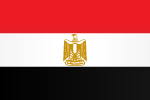 Furthermore, Egypt was named 15th in EY’s RECAI Index – up five places from 20th in the previous listing. It earned specific praise from EY for the way its Ministry of Electricity and Renewable Energy is “making strides towards implementing wind energy in a big way, with plans for wind schemes up to 1.8GW and total capacity expected to expand by 3.3GW by 2027 ”.
Furthermore, Egypt was named 15th in EY’s RECAI Index – up five places from 20th in the previous listing. It earned specific praise from EY for the way its Ministry of Electricity and Renewable Energy is “making strides towards implementing wind energy in a big way, with plans for wind schemes up to 1.8GW and total capacity expected to expand by 3.3GW by 2027 ”.

Like the UAE, Egypt is targeting major changes to its energy mix: by 2022, the Egyptian government aims to have 20 per cent of the country’s power generated by renewables, rising to 42 per cent by 2032. It has already installed 3.7 GW of renewables capacity, split roughly into three-quarters hydropower and one-quarter solar and wind power.

Adnan Z. Amin, Director-General of the International Renewable Energy Agency, believes the country could yet achieve even further progress. He said: “By adopting the right policies now, Egypt could realistically draw 53 per cent of its electricity from renewables by 2030 .” Following this path could save Egypt up to US$ 900 million in total energy costs per year by 2030.

Meanwhile, in Bahrain, seven key initiatives have been identified to help it achieve its renewable energy target of 5 per cent by 2025 and 10 per cent by 2035, revealed the country’s Electricity and Water Affairs Minister, Dr. Abdulhussain Mirza, in a keynote speech at the Solar Utilities Network (SUN) Forum in February 2018 .

Through the joint efforts of Fotowatio Renewable Ventures (FRV) and Almar Water Solutions, Abdul Latif Jameel Energy is one of the Middle East’s leading developers of clean energy facilities and technology. Their experience stretches as far as Latin America and Australia, and we remain committed to building a brighter, cleaner, healthier and more prosperous future for all citizens of the Middle East and beyond.
 Daniel Sagi-Vela, CEO of FRV, said: “For more than six decades, Abdul Latif Jameel has delivered a tireless commitment to excellence in everything it does. That same philosophy powers everything we do at Abdul Latif Jameel Energy – a fact reflected in our global reach now spreading further than ever and our project pipeline increasing to unprecedented levels. As countries in the GCC and beyond work together to harness our region’s superb natural resources, we will be proud to be there at every step.”
Daniel Sagi-Vela, CEO of FRV, said: “For more than six decades, Abdul Latif Jameel has delivered a tireless commitment to excellence in everything it does. That same philosophy powers everything we do at Abdul Latif Jameel Energy – a fact reflected in our global reach now spreading further than ever and our project pipeline increasing to unprecedented levels. As countries in the GCC and beyond work together to harness our region’s superb natural resources, we will be proud to be there at every step.”





 1x
1x

 Added to press kit
Added to press kit


